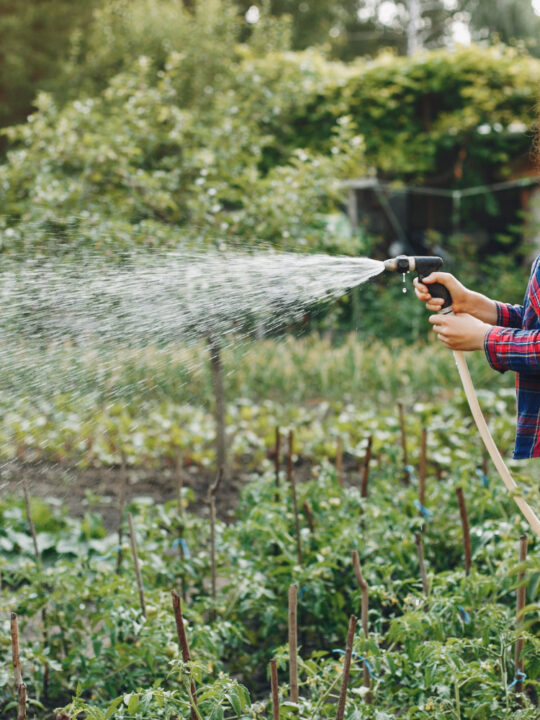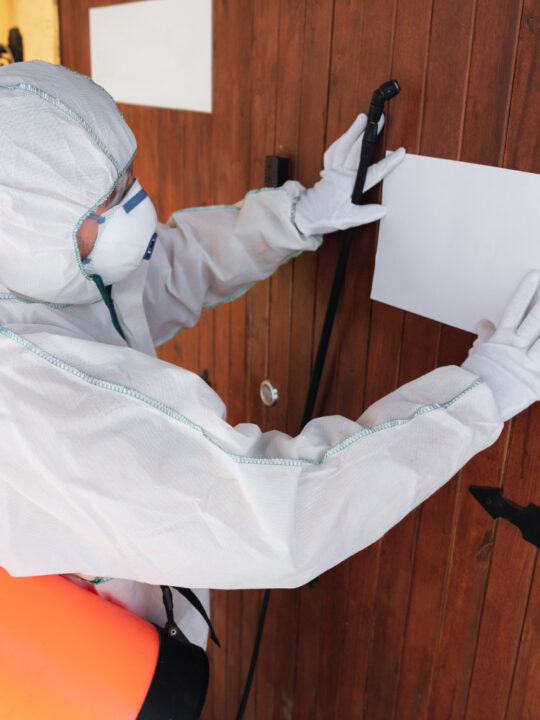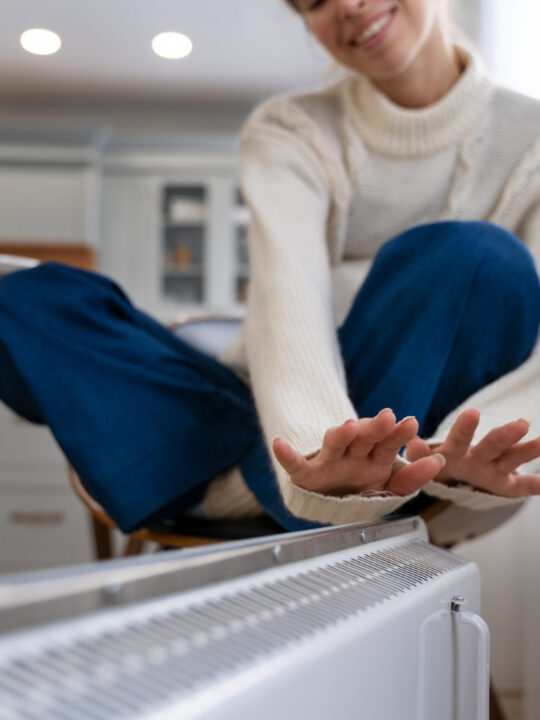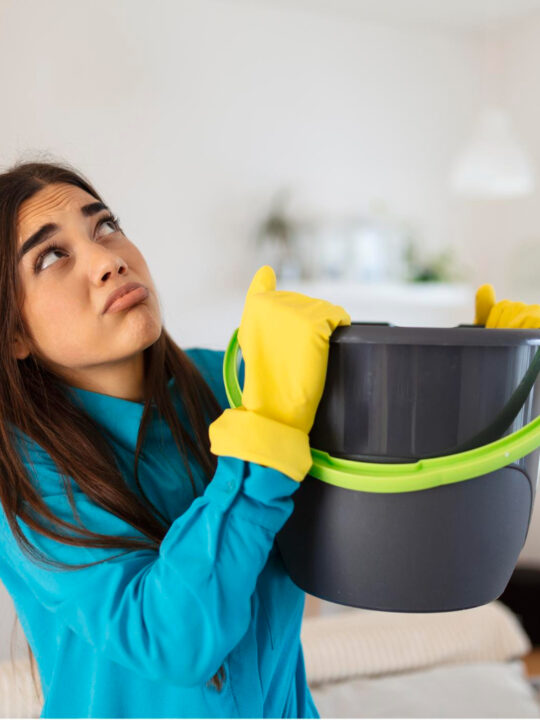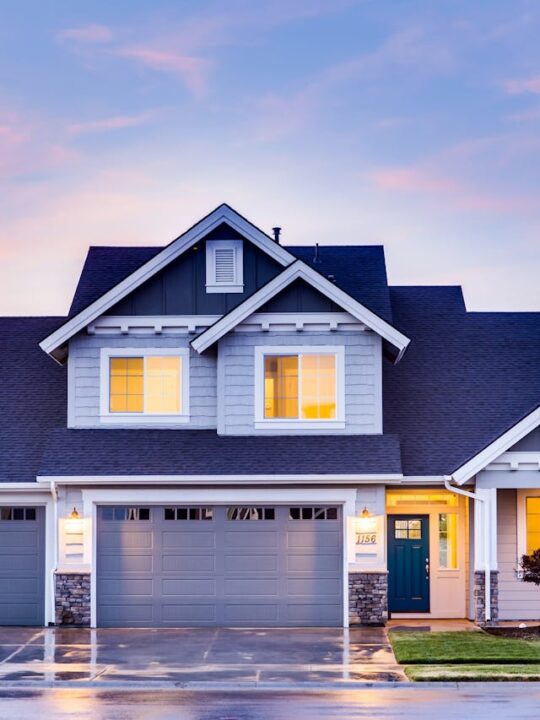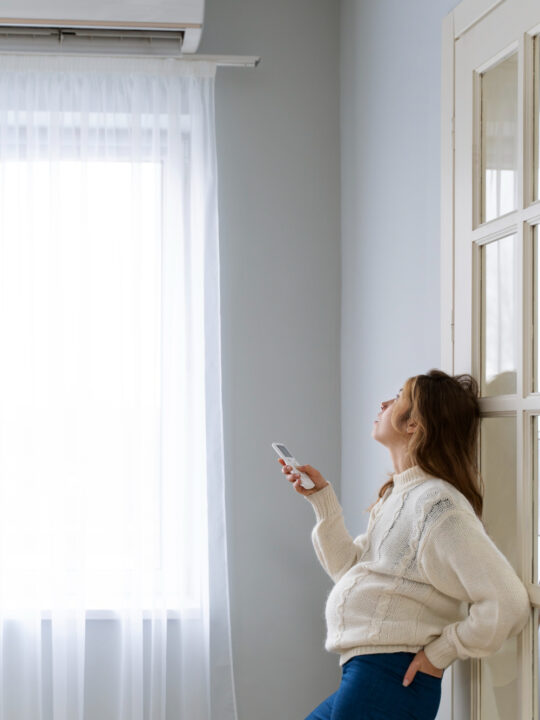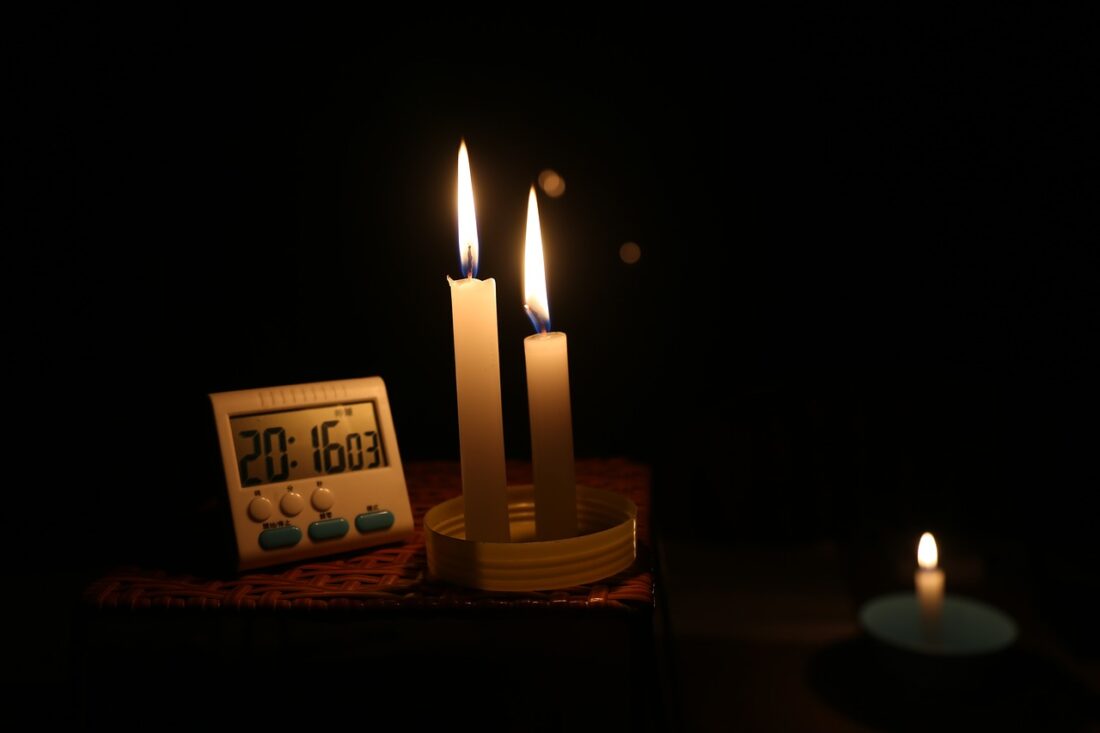 While the chances of getting caught up in an emergency situation are slim, that doesn’t mean we shouldn’t be prepared. There are numerous reasons to have an emergency preparedness kit in your home, including extreme weather events, natural disasters, man-made catastrophes, and other incidents outside your control.
While the chances of getting caught up in an emergency situation are slim, that doesn’t mean we shouldn’t be prepared. There are numerous reasons to have an emergency preparedness kit in your home, including extreme weather events, natural disasters, man-made catastrophes, and other incidents outside your control.
With this in mind, let’s take a look at various preparedness kits for various situations:
Table of Contents
Power Outage
Depending on how long the power is out, it could become an emergency. And you never have any warning before one occurs. Some power outages can last days and become a serious problem.
A brownout or a partial power outage is just as bad and can damage electronic equipment. Many types of electronics will not work during a brownout. Always have fresh batteries and or fully recharged batteries. Make sure you have enough batteries for everything you will run.
Some type of emergency lighting is better than using candles. Candles burn out and can be a fire hazard. Other supplies in case of a full or partial power outage include:
-
Non-perishable food like canned goods, candy bars, and nuts. Make sure you have a good can opener in your kit.
-
A three-day supply of water for everyone in the home. Sometimes when the power goes out, the water supply might not work.
-
A simple type of water purification method.
-
A small Sterno stove.
-
Flashlights and portable radios.
-
Hygiene products and hand sanitizers.
-
Matches in a waterproof container.
A power outage during the winter can be dangerous. Make sure you have extra blankets and sleeping bags rated for below zero weather.
Natural Disasters
Natural disasters like hurricanes and earthquakes can disrupt electricity, gas, water, and roads for a long time. An emergency kit for natural disasters needs to be more complete than an emergency kit for power outages.
Make sure your first aid kit is complete and includes antibiotic ointments and antiseptic wipes. There can be debris and chemical-filled water in a natural disaster, and cuts and scrapes are possible that can get infected.
Batteries can run out after constant use. Have a hand-crank radio that includes the AM/FM band along with the NOAA weather radio band so you can keep up with emergency announcements.
Since a natural disaster can disrupt lives longer than a power outage, you will need more emergency food and water. You should have a least one gallon of water for each person per day that can last for at least several days for drinking and sanitation.
You should have pliers or tools to turn off natural gas lines after an earthquake. A good tool kit in your emergency kit is a must.
Always have a 7-day supply of medications and over-the-counter medicines. Don’t forget supplies for your pets, especially food, water, and any medications.
Catastrophe
A catastrophe can occur for numerous reasons like a major earthquake or something worse. In addition to the above supplies, you can add a generator or solar-powered charger. With a solar-powered charger, you can charge cell phones, batteries, laptops, and other equipment.
You could need food and water for a longer time. You can stock up on plenty of can goods plus have a supply of dehydrated food that can last for a month or longer. But you will need fresh water to rehydrate the food.
In addition to the above, other supplies can include:
-
Masks like the N95 masks, duct tape, and plastic sheeting in case of a toxic spill type of disaster
-
Two-way radios
-
Emergency whistle.
-
Copies of documents.
-
Extra sets of house and car keys.
-
Cash
-
Maps of your area.
